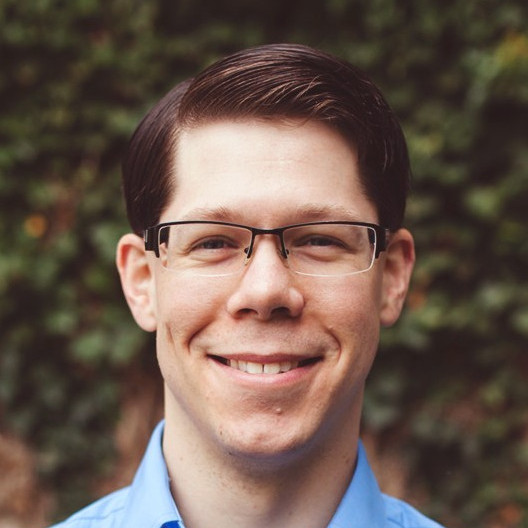About Me
I work as a Programmer-Scientist (Research Associate) at the Douglas Mental Health University Institute, specifically the Cerebral Imaging Centre (CIC) at the Douglas Research Center. Academically, I hold an affiliate appointment with the Department of Psychiatry at McGill University. That job title however, doesn’t tell you much about what I actually do, so I like to describe it by explaining my many hats.
The Systems Administrator and Devops Hat
I make sure the computers work. Servers, compute nodes, workstations, laptops and all the miscellany that goes along with them. The Douglas Research Center (and Cerebral Imaging Center, or CIC), has ~60 machines I’m responsible for. I perform all the installation, setup and maintenance of this informatics system. I install software people ask for, and make sure it works everywhere.
We use Ubuntu Linux, ZFS+NFS, and SGE (soon SLURM) to provide a uniform platform providing storage and compute across a heterogenous set of hardware.
I write software and automation wherever I can can to help me, bash scripts, python scripts, ansible playbooks. I report bugs, and program fixes to problems and contribute them back to the community when I can. We maintain a suite of scientific software with the environment-modules (soon to be lmod) system. This takes little of my day-to-day, because the computer hardware is reliable, and I’ve automated much of the work.
From time to time, we need to deploy publicly facing software, I’ve worked with apache, nginx, postgresql and mariadb in the cloud to deploy various platforms, and I can successfully configure a standards-compliant mail server, even if Outlook365 silently drops that mail because Microsoft are jerks.
This compute platform used to be exclusively for the neuroimaging department of the Douglas Research Center, but recently I became project lead of the Douglas Neuroinformatics Platform, which will expand the compute platform to serve all of the Douglas Research Center.
The Scientific Programmer and HPC Hat
I write software for magnetic resonance imaging (MRI) processing, primarily for structural imaging. Image registration is my favourite focus (see posts), but I also work on classification and segmentation problems, see projects. I’m particularly proud of my work in generalizing tools to work across a large range of species, from mice all the way through non-human primates, to humans. I code in whatever is convenient, bash, python, C, C++, perl and rarely, MATLAB. As you might have guessed, I’m not an expert programmer in any of these languages, but rather an expert generalist. I can learn what I need to, when I need to, to get solve problems, and so my expertise and understanding grows slowly.
When I’m not programming my own software, I’m also helping others write their own within the Douglas Research center, and helping them take existing software and get the most out of the high-performance computing infrastructure we have available.
As part of the problem solving, I contribute to many public open source projects to fix bugs, improve performance, and add new features. I have contributed to projects such as ITK, bpipe, ANTs, RMINC, fMRIPrep. In addition, I am one of the maintainers of the MINC family of neuroimaging software.
The Scientist Hat
I write my software with scientific questions in mind. I’m interested in a few things
- how to handle scanner, protocol and site variation using image preprocessing
- the impact quality (and motion corruption) has on the outcomes for neuroimaging studies
- the insights we can gain regarding neuropsychiatric disease comparing the human and non-human-primate brain structure and population-level variability
The Educator Hat
When I’m not directly driving computers, I’m helping others to learn to do so. I teach statistics, image processing, high performance computing, and programming to the labs I support at the Douglas Research Center and worldwide collaborators.
I’m also a maintainer of the shell-novice lessons from Software Carpentry, an organization who’s providing excellent education materials to fill the computational knowledge gap in undergraduate and graduate science education.
